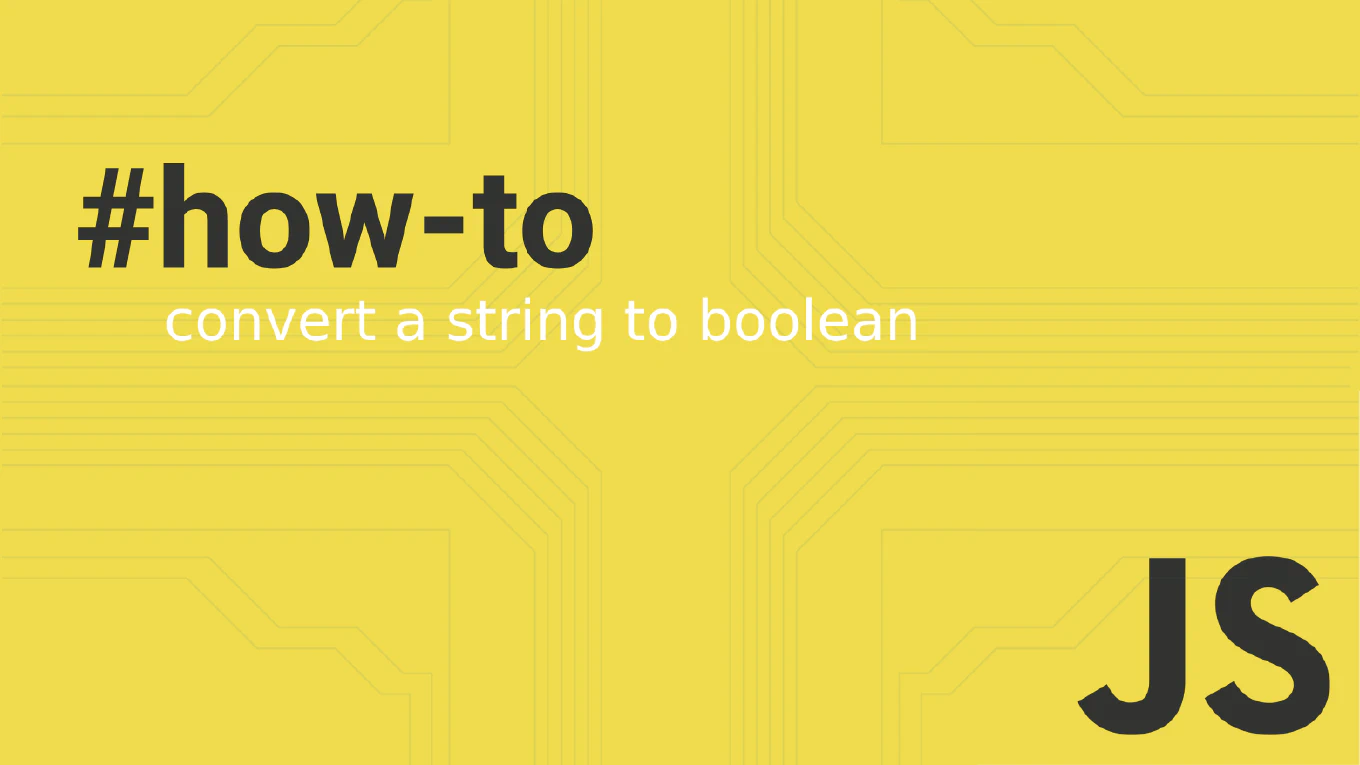How to reset forms in Angular
Resetting Angular forms clears form values, validation states, and restores forms to their pristine initial state for better user experience.
As the creator of CoreUI with over 11 years of Angular development experience, I’ve implemented form reset functionality in countless data entry applications and user interfaces.
From my expertise, the most effective approach is using the reset() method on reactive forms, optionally providing new default values for form controls.
This pattern ensures clean form state management and provides users with clear ways to start over or cancel their input.
How to disable a form control in Angular
Disabling form controls in Angular enables dynamic form behavior, preventing user input under specific conditions and improving user experience flow.
With over 25 years of experience in software development and as the creator of CoreUI, I’ve implemented dynamic form control states in numerous conditional forms and wizard interfaces.
From my expertise, the most reliable approach is using the disable() and enable() methods on form controls, or setting the disabled state during form creation.
This pattern provides programmatic control over form interactivity based on application logic and user permissions.
How to show validation errors in Angular forms
Displaying validation error messages in Angular forms provides clear feedback to users about input requirements and validation failures. As the creator of CoreUI with over 11 years of Angular development experience, I’ve implemented comprehensive form validation systems in numerous enterprise applications. From my expertise, the most effective approach is checking form control errors in templates and displaying contextual error messages based on specific validation failures. This pattern ensures users understand exactly what needs to be corrected for successful form submission.
How to use built-in validators in Angular
Using Angular built-in validators provides robust form validation with minimal code, ensuring data quality and user experience consistency. As the creator of CoreUI with over 11 years of Angular development experience, I’ve implemented form validation extensively in enterprise applications and component libraries. From my expertise, the most effective approach is using Angular’s built-in validators with reactive forms for comprehensive validation coverage. These validators handle common validation scenarios while providing clear error feedback and accessibility support.
How to use reactive forms in Angular
Building robust, type-safe forms with programmatic control is essential for enterprise Angular applications that require complex validation and dynamic form behavior.
As the creator of CoreUI with over 25 years of development experience building Angular applications since 2014, I’ve implemented reactive forms extensively in our admin templates for their superior validation capabilities and testability.
The most effective approach is using Angular’s FormBuilder service with FormGroup and FormControl to create strongly-typed form structures.
This method provides programmatic control over form state, validation, and values while maintaining clean separation between template and component logic.
How to handle forms in Angular
Form handling is essential for capturing and validating user input in Angular applications, from simple contact forms to complex data entry interfaces. As the creator of CoreUI, a widely used open-source UI library, and with over 25 years of experience in software development including Angular since 2014, I’ve implemented countless forms across enterprise applications. The most effective approach is using reactive forms with FormBuilder, which provides programmatic control over form state and validation. This method offers superior testing capabilities and scalability compared to template-driven forms.



